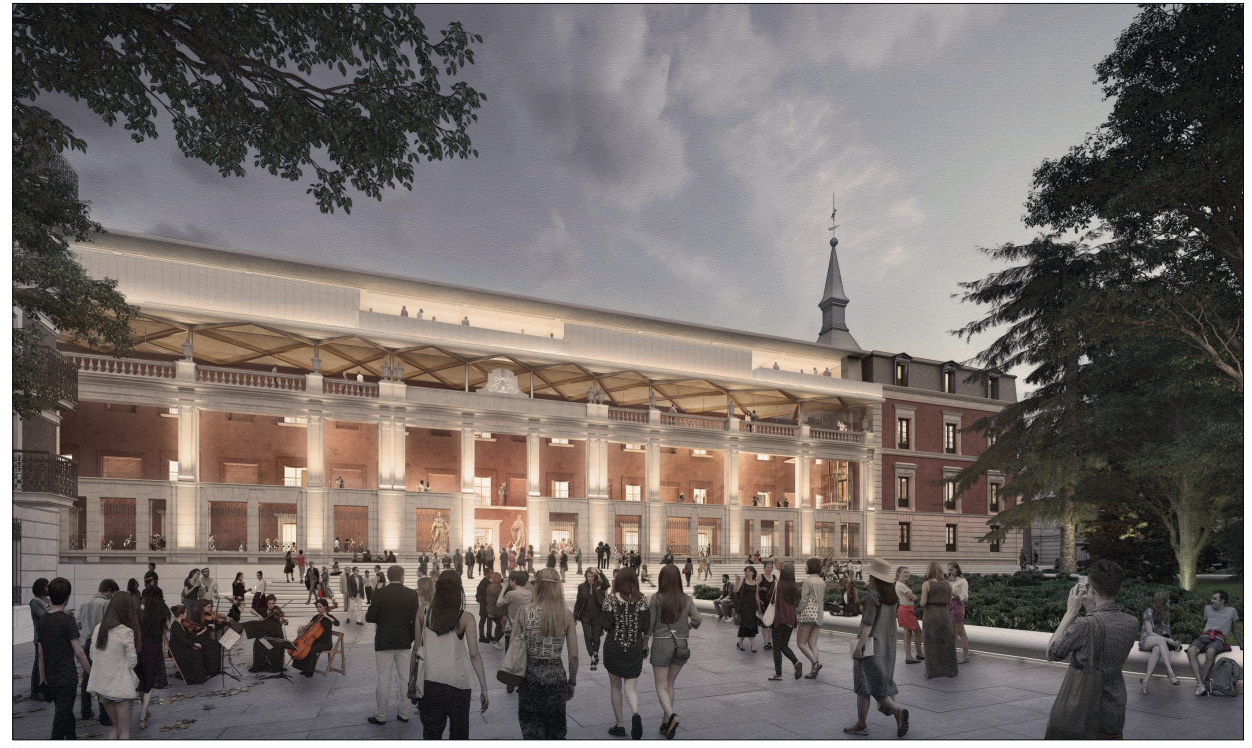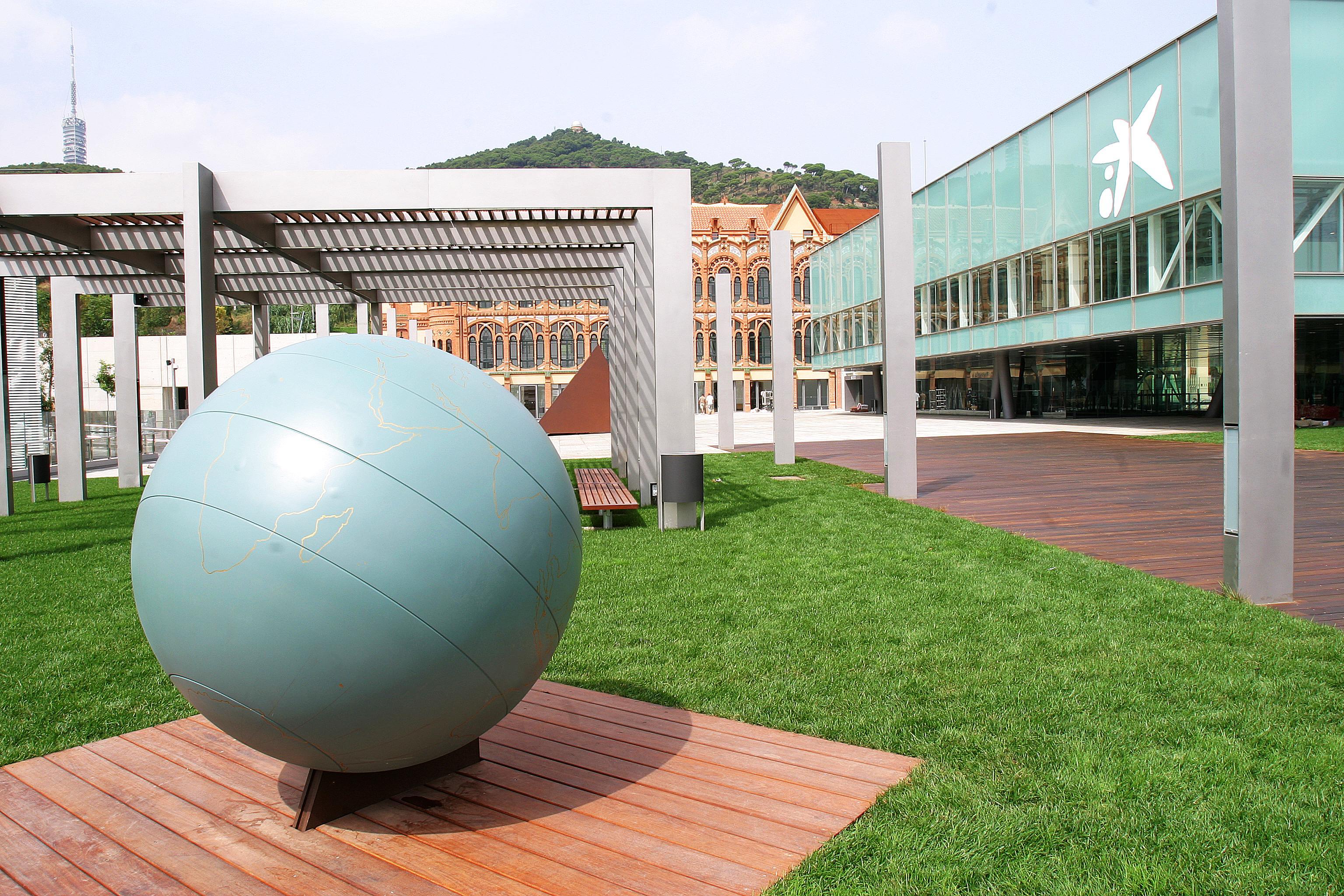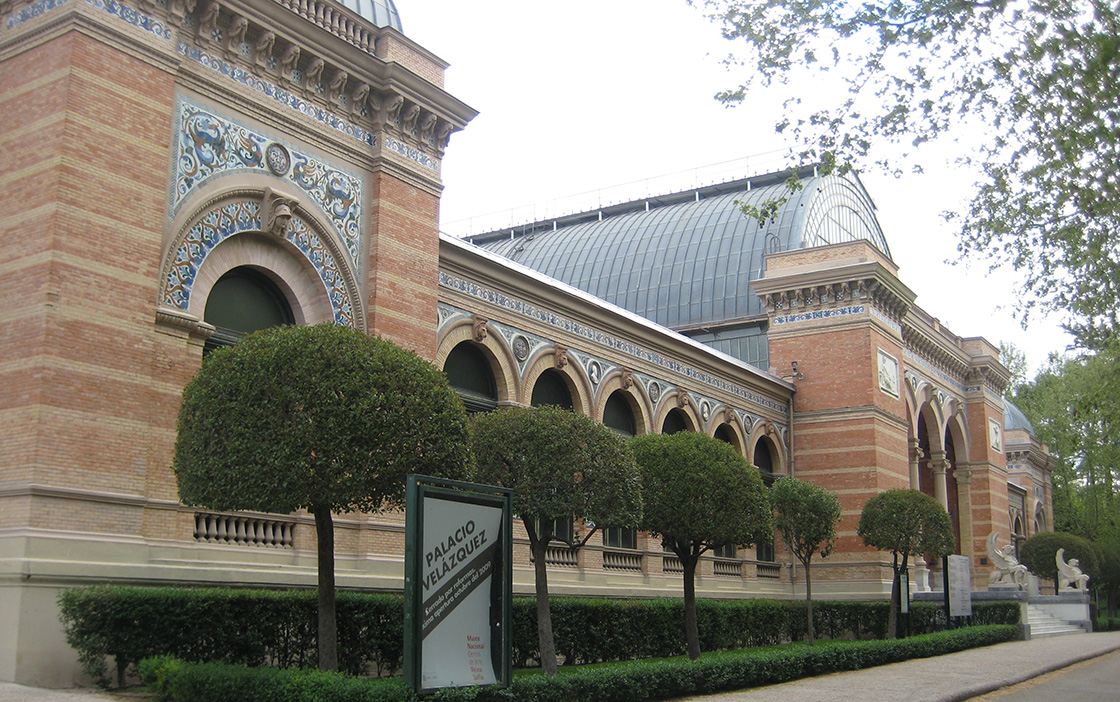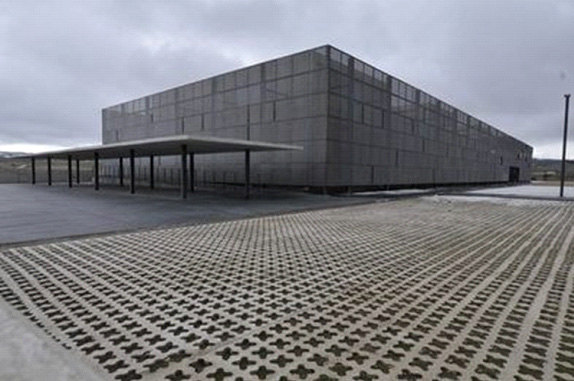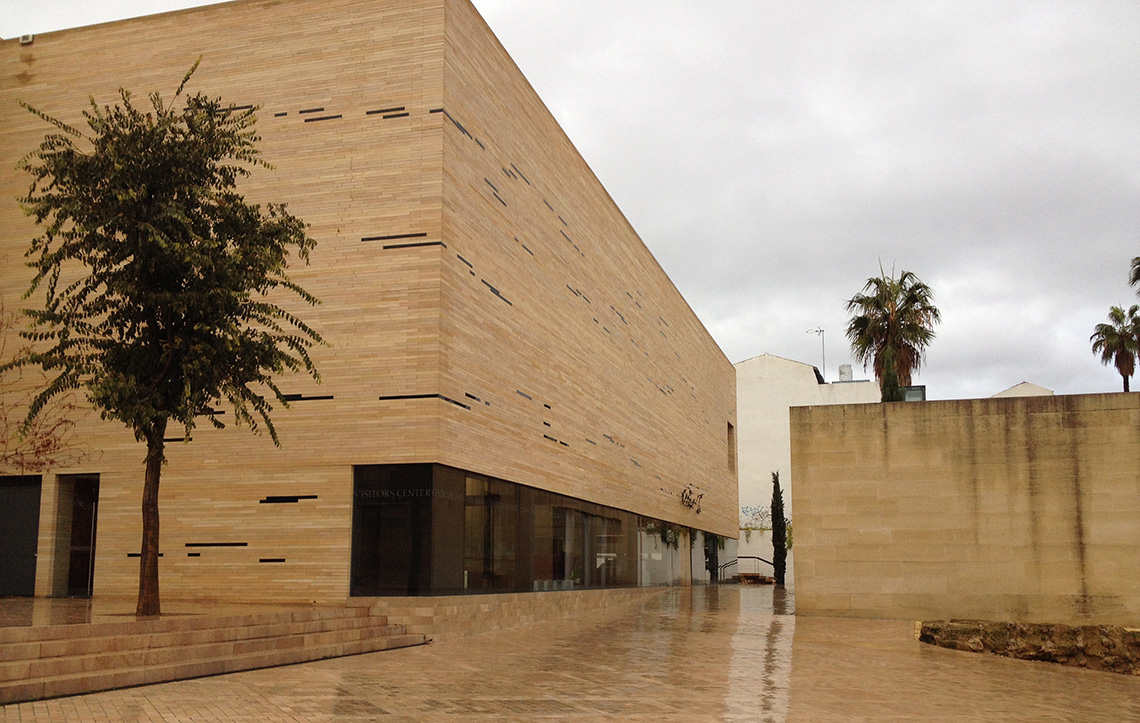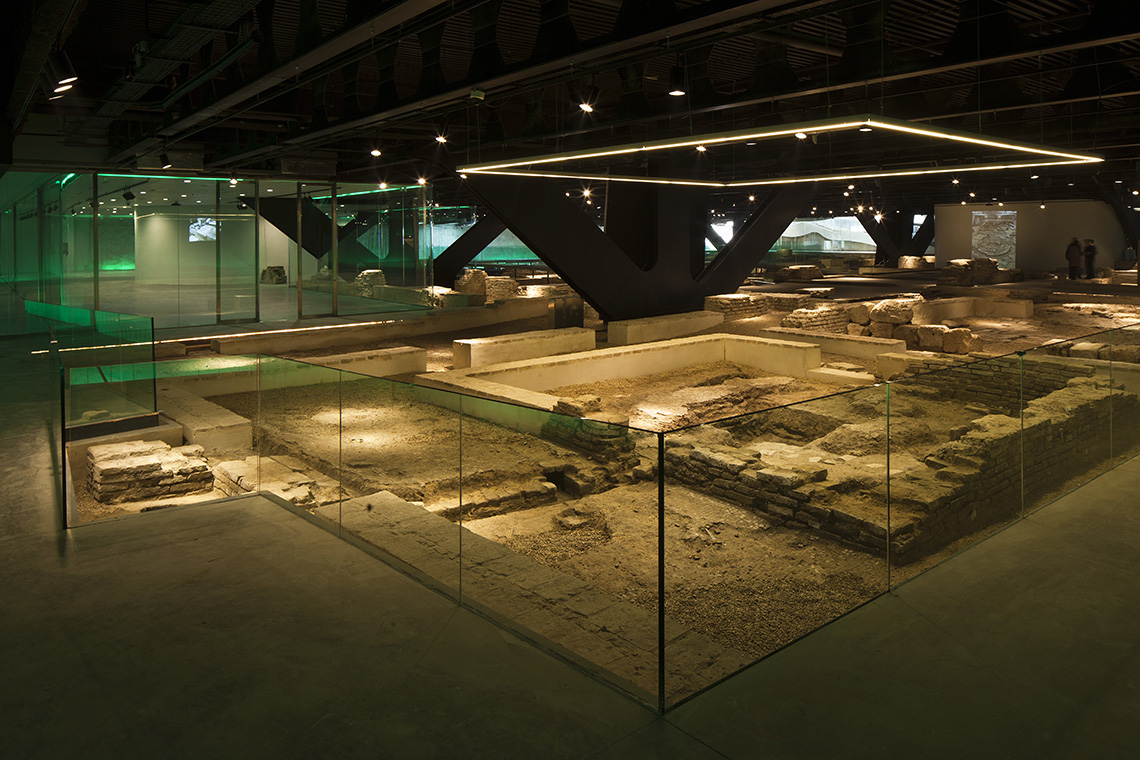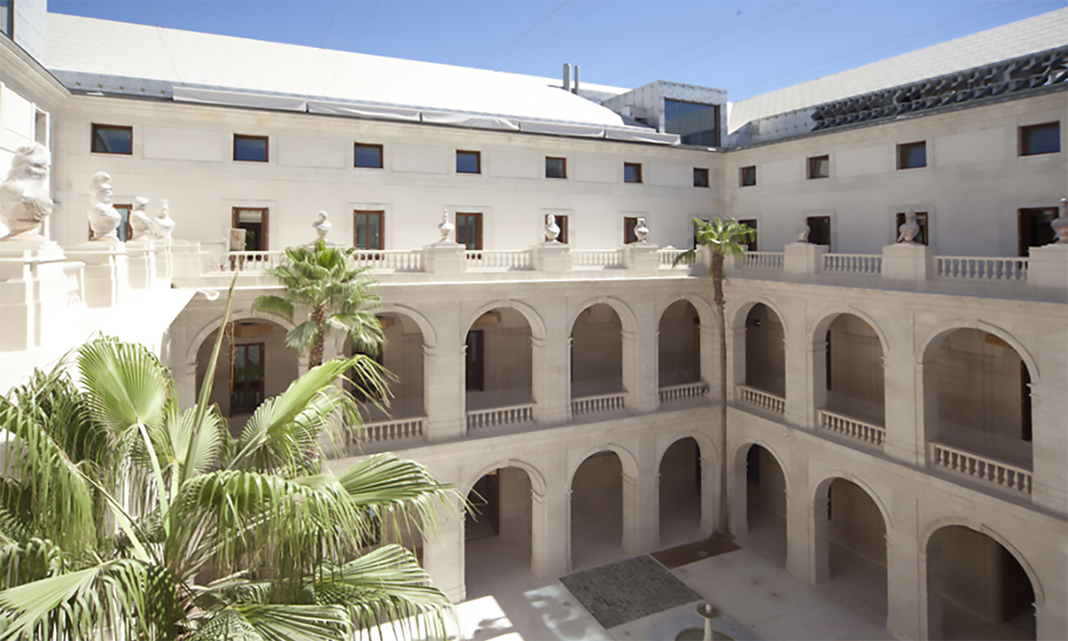The rehabilitation of the Hall of Reigns of the Museo del Prado is our latest museum project. We are improving this space so that it can host more temporary exhibitions and display a greater number of works from the collections of one of the largest art galleries in the world.
This project, based on sustainable criteria, will make it possible to recover the 17th-century facade and show a spectacular public space: the new atrium of the Prado Campus. The ground floor will be freed up to make it the 'heart' of the new building and have exhibition and recreational spaces where, through the atrium, the urban plan will penetrate the building reconnecting its north and south sides.
